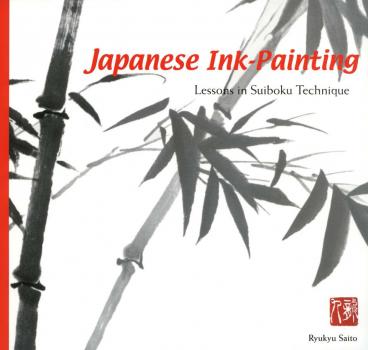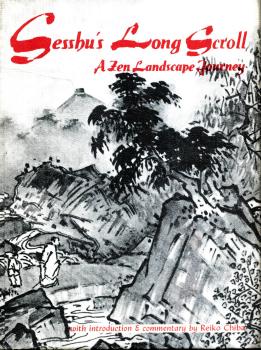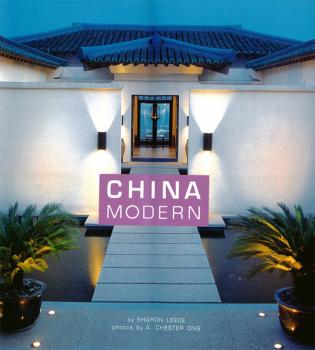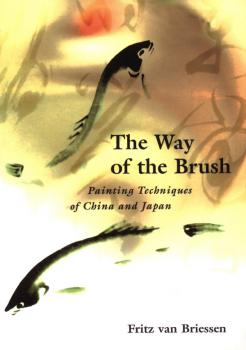ТОП просматриваемых книг сайта:
Изобразительное искусство, фотография
Различные книги в жанре Изобразительное искусство, фотография, доступные для чтения и скачиванияUn país, dos sistemas: claves de la evolución política de Hong Kong - Sylvia Martí Sánchez
Estudios InternacionalesАннотация
El 1 de julio de 1997 el mundo entero tuvo ocasión de seguir la ceremonia de transferencia de soberanía de Hong Kong, una de las joyas de la corona británica, a la República Popular China. Con aplausos de unos y lágrimas contenidas de otros se cerraba una página de la historia y comenzaba un angustioso periodo de incertidumbre para los habitantes de la antigua colonia. Durante los años previos se había ido gestando un complejo acuerdo que permitía el difícil encaje constitucional de Hong Kong -territorio liberal donde los haya- en uno de los pocos países formalmente comunistas que subsisten. Se alumbró así el concepto de Región Administrativa Especial, que al amparo de la fórmula un país, dos sistemas permite el autogobierno de Hong Kong. Sus deficiencias democráticas se denunciaron con la llamada Revolución de los Paraguas, durante la cual la juventud hongkonesa ocupó el distrito central de la ciudad reclamando un régimen electoral acorde con los principios definidores del sufragio universal. La presente obra no solamente pretende acercar al lector la historia de cómo una isla de pescadores se transformó en un tigre asiático, sino la intrahistoria de unas instituciones y de un sistema electoral que hunden sus raíces en la administración colonial y que Gran Bretaña nunca llegó a democratizar.
Информация о книге
Автор произведения Sylvia Martí Sánchez
Жанр Изобразительное искусство, фотография
Серия Estudios Internacionales
Аннотация
Japanese Ink Painting: Lessons in Suiboku Technique teaches beginners the fundamental techniques of suiboku , a form of Japanese ink painting. Suiboku is considered to be a type of Japanese painting known as sumi-e. It adds water to emphasize the shading of black into gray in one brush-stroke. With origins in China and a spiritual basis in Zen Buddhism, this form of brush painting—expressing nature's colors through shades of black ink monochrome—has been enjoyed throughout the centuries in Japan as a hobby for the amateur. This Japanese painting book offers step-by-step lessons with easy-to-understand explanations through nearly 60 illustrations. The numerous photographs at the end of the book, in addition to the works of great masters in the art of suiboku , include several paintings by the author's pupils to prove what the amateur can achieve through careful observance of instructions and patient practice. As the author points out, this book is designed for the beginner, and "even the amateur can learn by himself and enjoy suiboku as a hobby."
Аннотация
Sesshu's Long Sroll is the masterwork of the 15th-century Japanese artist, Susshu—considered by many Japanese to be their greatest.Famed not only as a painter but also as a Zen priest and a great traveler, Sesshu found inspiration for his wonderful landscapes both in China and Japan. This magnificent scroll, which pictures the procession of the seasons, is essentially religious painting with a strong atmosphere of Zen Buddhism. Nature, rather than man, is dominant, although the human touch is charmingly evident from time to time. One can take this fascinating Zen landscape journey again and again, and always find new delights.
Аннотация
Featuring over 200 stunning photographs, this Chinese design book captures the modern, yet nostalgic style of the Chinese home.Twenty-first century China is a country on the move. As it hurtles into the future, a new revolution- that of a fast growing creative movement – is taking place. As the country's enterprising designers draw on classical Chinese accents and blend these with modern dynamic ideas, the term «Made in China» becomes dramatically redefined to mean chic, refreshing, inspiring – and even astounding in the architectural arena, in particular inspiring new responses to modern living in China are emerging.Author Sharon Leece together with photographer Chester Ong, explore thirty-six of the most innovative homes and interiors in Beijing, Shanghai and Hong Kong.
Аннотация
The Way of the Brush: Painting Techniques of China and Japan examines the technique, style, traditions, and methods of Chinese ink painting and how they were interpreted in Japanese art. Illustrated with over 250 images and packed with instructions, The Way of the Brush covers every aspect of brush painting, from brushstrokes, composition and the painting surface to meaning, perspective and artistic philosophy.Part One is a study of the techniques of Chinese painting and explains the elements, techniques and principles which eventually carried over into Japanese painting. Part Two is devoted to technical challenges and basic problems associated with the art, including the issue of fakes and forgeries of Chinese art in Japan. Also included are three appendices and a full bibliography.
Аннотация
Аннотация
Аннотация
Por supuesto, hay mucho de mito, conspiranoia (paranoia conspiratoria), leyenda e imaginación desvelada con respecto a cualquier secta por poderosa que sea, sobre todo si tenemos en cuenta que los verdaderos amos del mundo, iluminados, masones, luciferinos, gnósticos, teósofos, o no, no necesitan nada de nadie porque ya lo tienen todo: el dinero y el poder, los medios de producción y comunicación, la distribución y los puntos de venta de todas y cada una de las mercancías y los bienes que existen en el mundo, así como el total control del pensamiento humano, de su educación, sus ritos, su cultura, sus creencias y hasta de su tecnología y de sus ciencias.Ellos deciden quién triunfa y quién no, qué se come y qué se desecha.Ellos ya son dueños de todo, y no necesitan de secta alguna para llevar a cabo sus planes, cualesquiera que estos sean, y el día que quieran o en el momento que se les ocurra, pueden borrarnos al resto de la faz de la Tierra.Esa es la verdadera Mano Negra que mueve los hilos del mundo.
Информация о книге
Автор произведения Javier Tapia
Жанр Изобразительное искусство, фотография
Серия Colección Nueva Era
Аннотация
A partir de ideas, casos prácticos y conceptos sobre talento humano, este libro ofrece una manera diferente y superadora de pensar, diseñar e implementar estrategias para la gestión de los talentos en las organizaciones. Se invita a los lectores a ir más allá de las «recetas», para reflexionar desde la propia problemática del talento humano. Se presentan en cada capítulo un conjunto de herramientas conocidas y se ofrecen guías para ajustarlas a la realidad propia -con sus potencialidades y limitaciones- para ser utilizadas en cada situación concreta. Así, el capítulo «final» lo escriben los propios lectores.










